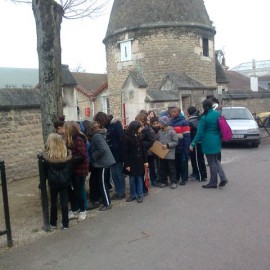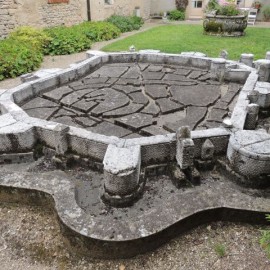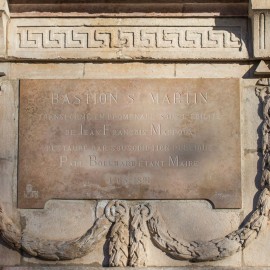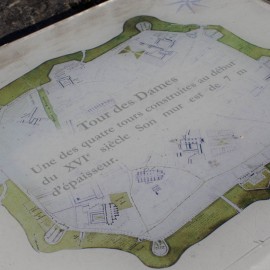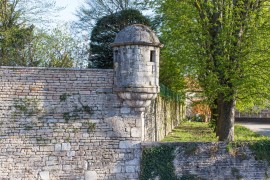Today, Beaune’s ramparts still represent a substantial architectural complex, with its towers and bastions flanked by elegant watch-turrets, its ancient houses and its gardens.
Like the Collegiate Church, the Hospices, the Palace of the Dukes and a host of other buildings and monuments, they are one of the city’s great riches.
This outstanding Burgundian heritage includes many formerly defensive elements that are still intact, saved from demolition by an original use of large parts of the fortress, which were transformed by the leading local merchants into wine cellars, commercial or service buildings.
Beaune’s ramparts thus have a long history, filled with many important events, and now contribute to the city’s renown.
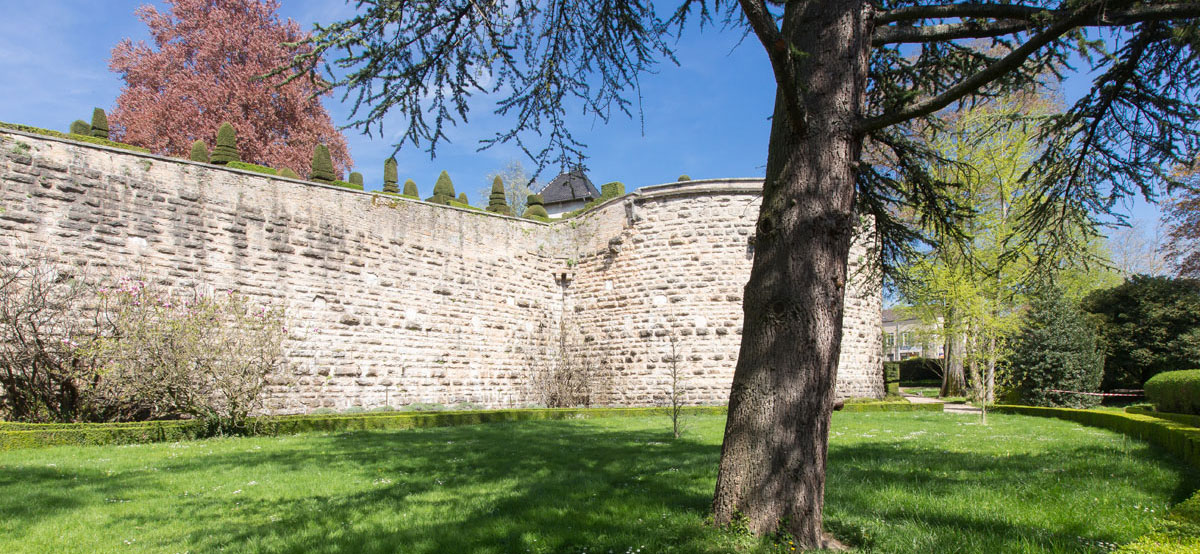
In the 1970s, under the leadership of Henri Gruère and at the initiative of local scholars, enthusiasts of the ancient stonework, who wanted these valuable historic remains to be properly preserved, and were concerned about the degradations and uncontrolled construction taking place, the Association des Amis des Remparts de Beaune (Association of the Friends of the Ramparts of Beaune) was born.
The Association’s statutes were filed in 1990.
The association now has a hundred members, comprising owners and inhabitants of the ramparts, local residents and lovers of Beaune’s history and monuments.
The association’s main goal is to take part in the safeguarding and development of the ramparts and to promote them.
To achieve its goal, in close partnership with the city authorities and the City of Beaune Archives, every effort is being made to:
- Preserve the memory of such a great and varied past, by discovering and making known all the known riches, visible and hidden;
- Increase awareness amongst city officials, policymakers, technical decision-makers and the public at large;
- Revitalise and bring alive the tour of the ramparts, by publicising them and their many facets;
- Promote, support and join forces with all projects or actions likely to contribute to the development of the ramparts.
In practical terms, these aims translate into the following activities and events:
- Organising guided tours for members, the public and schools;
- Events, exhibitions, conferences, (floral competition for decorating the ramparts);
- Producing a model of the ramparts;
- Developing, producing, publishing and distributing tourist pamphlets (map, guide and historical notes);
- Designing, producing and installing signs marking out the rampart tour;
- Renovating some of the monuments (restoring the plate in the Square des Lions);
- Developing and setting up the association’s website.
Contact-us
More about Beaune
City of Beaune www.beaune.fr
Tourist office www.ot-beaune.fr
Latest news

LES VISITES DE L’ÉTÉ 2024
Découvrez nos dates de visite pour l'été 2024 e...
Visite du 10 septembre 2023
Cette visite particulière traitait du thème des...
Visite du 27 août 2023 : une expérience réussie.
Notre visite du 27 août 2023, était à guichet f...
La visite du 13 août 2023
Notre visite du 13 août 2023, marquée par le re...
LES VISITES DE L’ÉTÉ 2023
Des visites guidées sont organisées en juillet,...

